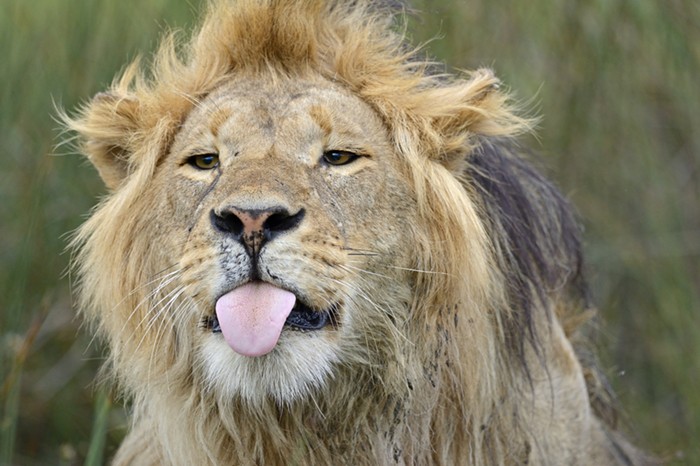Paper Fences
Tilt Gallery and Project Space, 625 NW Everett, Suite 106, through Feb 26
The latest addition to the Everett Station Lofts is Tilt Gallery and Project Space. Opened last week by Josh Smith and Jenene Nagy, Tilt's mission is to become a home for challenging work of all kinds.
"We want to offer an experimental space where artists can come in and modify it for project-based work," explains Smith. "We're committed to artists exploring the space, even if that means building out from the walls." The gallery is still reviewing artist portfolios to determine programming but, so far, its schedule includes a show in April by Brenda Mallory, who is currently a sculpture artist in residence at PNCA, and a group show in May that will be juried by Portland Modern's Mark Brandau. "There aren't a lot of spaces in Portland that are taking risks," said Nagy, "and we hope Tilt will be a venue for under-recognized and emerging artists."
For its first show, Tilt makes good on its mission with a symbiotic batch of drawings and sculptures by local artist Stephanie Robison. Also represented in a series of pastel and charcoal drawings, Robison's sculptures employ recurring visual motifs such as tiny pink cushions stacked like patties; wooden staircases and perches; and black umbrella-like caps, whose dangling black threads suggest jellyfish. The resulting structures are tiny, imagined environments, in which these repeated forms constitute a kind of ecology. For instance, in "Habitat," the skull caps sprout like mushrooms from a boulder-like mass of sculpted foam, while pink cushions are stuffed into its crevices and a rickety wooden scaffold stretches down its side. Across the gallery in "Island Tower," a delicate balsa wood tower looms over two miniature houses nestled into another craggy foam base. Throughout, Robison's work explores wilderness and isolation through elements of the Pacific Northwest's landscape as they interact with the more alien constructions that populate these environments. By combining these two worlds, Robison creates a disorienting and playful tension between the region's familiar geography and the boundary-less terrain of the imagination.












